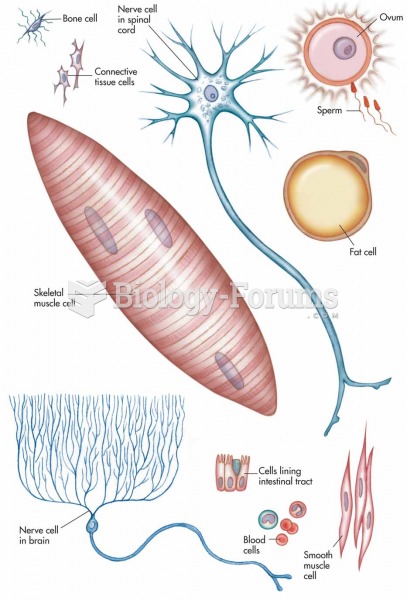Answer to Question 1
Correct Answer: 3
The three main types of healthcare services billing methods are fee-for-service, whereby patients pay the practitioner for each health service they receive; capitation, whereby healthcare providers are paid a fixed dollar amount per person for providing an agreed-upon set of health services to a defined population for a specific period of time; and fee-for-diagnosis, which is a type of prospective payment system. Agencies are provided with a fixed dollar amount for the care of a patient based on the patient's main and secondary diagnoses, demographic information, and the usual treatment provided for the health problems. The fourth main type of billing for healthcare services is pay-for-performance, which rewards positive outcomes on the part of providers. Accrual (accumulation) of something is the adding together or interest or different investments over a period of time. Actual outflow is a financial term that describes the actual spending of monies from a fund. Full costing is a method in which all costs, variable and fixed, are treated as product costs; this is usually applied to manufacturing products. A fee for health care services may be charged to an individual but this would be correctly referred to as fee-for-service.
Answer to Question 2
Correct Answer: 2
To unfreeze the system, and upset the balance of the restraining forces, the change agent may use any of these three tactics; (1) create discomfort, (2) induce guilt or anxiety, or (3) provide psychological safety. An example of creating discomfort is to confront the participants with evidence that challenges the status quo thought process. Reducing restraining forces usually is more effective than increasing the driving forces.The status quo is challenged during the unfreezing stage, not defended. The change agent should communicate with those who oppose the change. The change agent should not reject opposition to the plan, but should focus on getting to the root of their reasons for opposition. The change agent should keep resisters involved in face-to-face contact with supporters, encourage proponents to empathize with opponents, recognize valid objections, and relieve unnecessary fears to move people opposed to the change through the change process and active within the organization.







